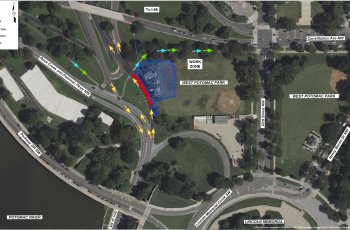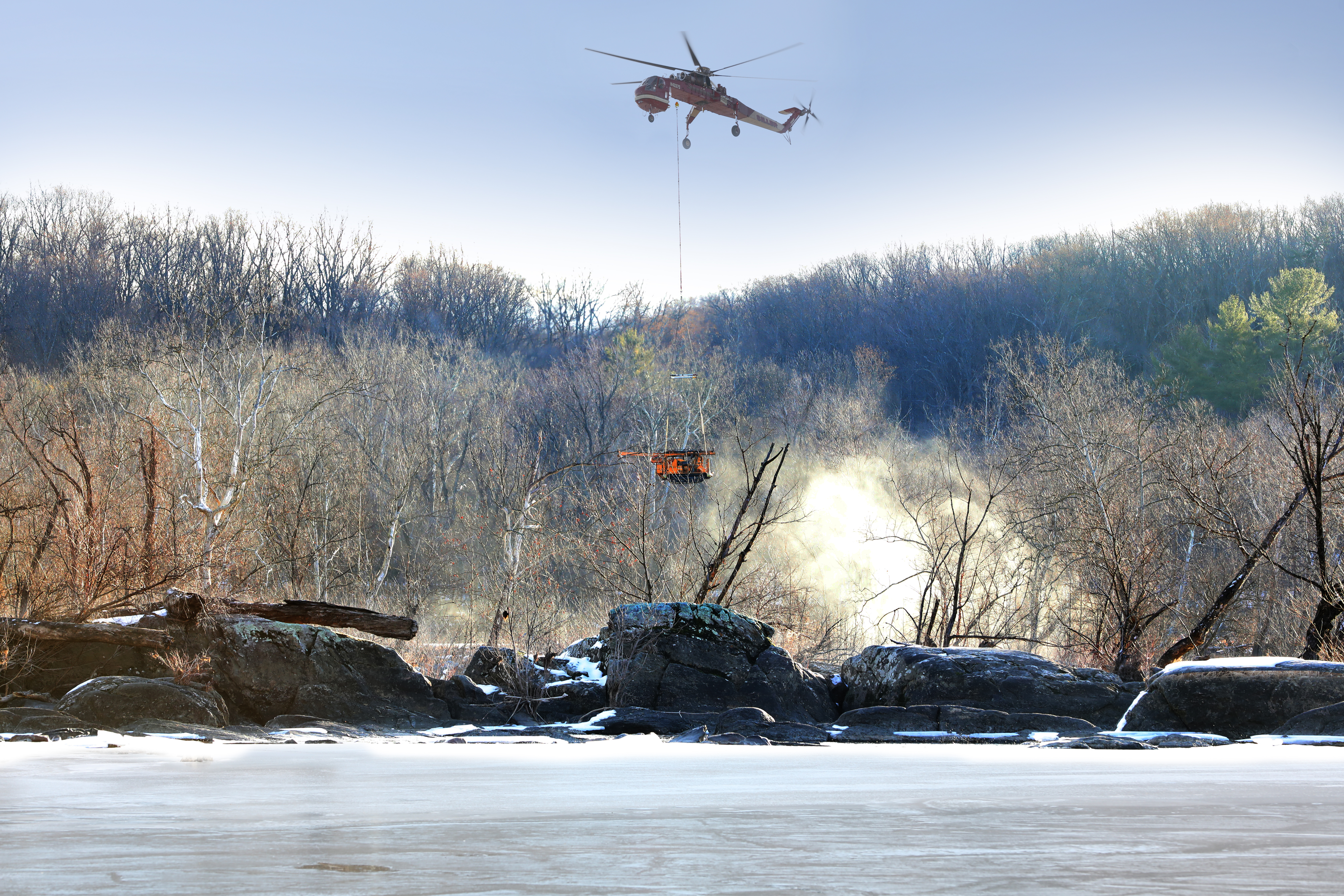WASA DATA SHOWS DECLINING LEAD LEVELS
Washington --Lead levels in the Districts tap water are decreasing, according to the last six months of testing done by DC Water and Sewer Authority (DC WASA).
While results are still above the U.S. Environmental Protection Agencys action level of 15 parts per billion, the latest figures are encouraging, said Jerry N. Johnson, General Manager of WASA. Coupled with our lead service pipeline replacement program, this is good news.
The promising drop in lead levels is being attributed to the addition of orthophosphate by the U.S. Army Corps of Engineers Washington Aqueduct six months ago. (The Washington Aqueduct produces and supplies the water WASA distributes through its pipes to District residents).
Orthophosphate works as a corrosion inhibitor that forms a protective coating inside lead service line pipes and fixtures to prevent lead from leaching into the drinking water. The EPA authorized the addition of orthophosphate to the full water system last August.
During the last six months of 2004, lead levels in all of the compliance samples averaged 19.2 ppb. However, from October to the end of December, the average lead concentration plummeted to 10.6 ppb, which is below the EPA action level of 15 ppb.
Since 10 percent of the samples are still above the action level, WASA is still considered to be in non-compliance.
This may be attributable to the fact that orthophosphate could take up to a year or more to provide maximum protection from lead leaching.
Despite these encouraging results, residents are advised to continue following lead-related flushing guidelines while lead levels remain elevated.
So far, WASA has mailed more than 4,000 informational packets explaining the lead line replacement program to customers scheduled to have the lead line in public space replaced this year. To date, only 16 percent (or 401) of the property owners who received block replacement mailings have signed up to replace the lead service lines on their private property. Twenty-four percent of the 775 businesses and residents receiving the priority replacement mailings (a total of 187) have agreed to have their service lines replaced.
The number of residents requesting replacement of the private portion of the lead service line is increasing. WASA urges everyone to take advantage of this opportunity to replace the line on their private property.
The data on water testing will shortly be available on WASAs website, ww.dcwas.com. The site also has other lead-related information.
###






